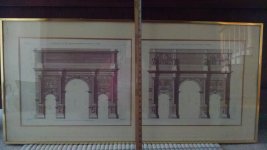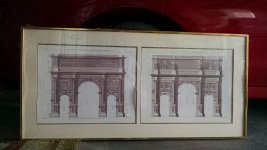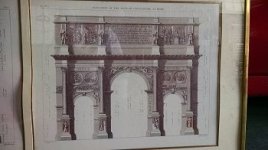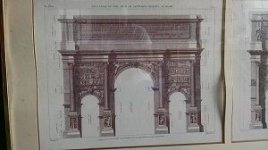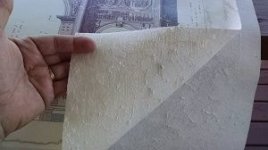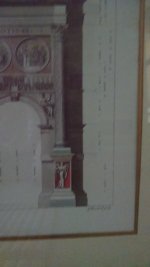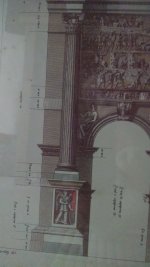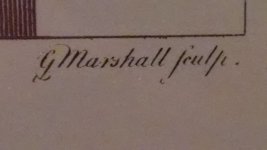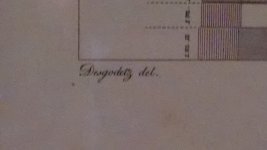Hello, I have acquired about 15 of these framed prints. The frames are heavy and sturdy (on back, brackets with screws hold frame together) There are two prints in each frame. "Elevation of the arch of Septimius Severus of Rome", "Elevation of the arch of Constantine of Rome". I found similar prints, without the English wording. Are these copies from a book? Or other artwork with the title changed? Any info would be great.
